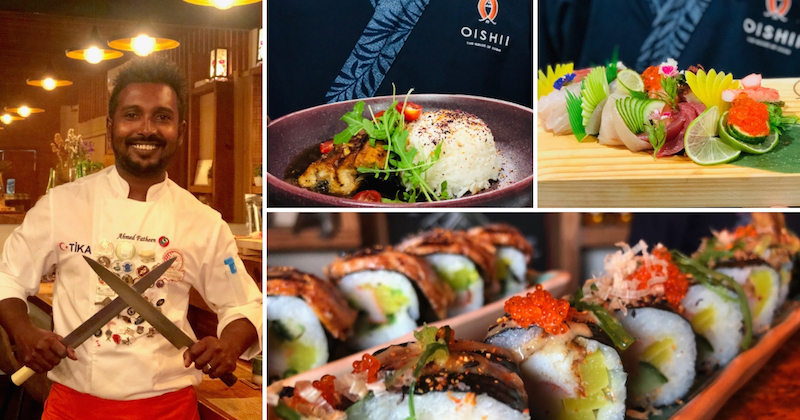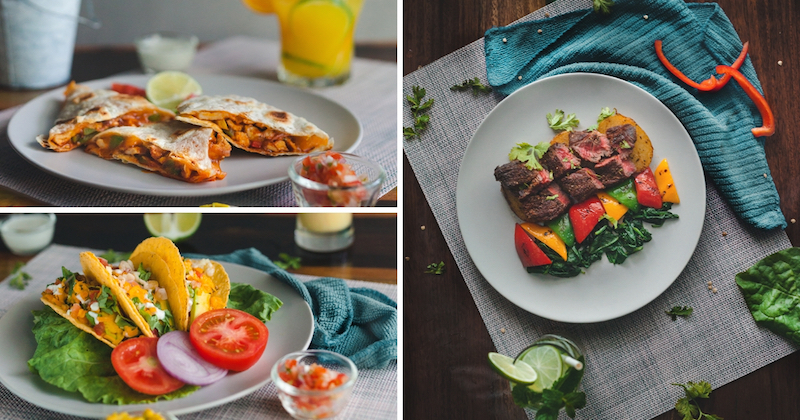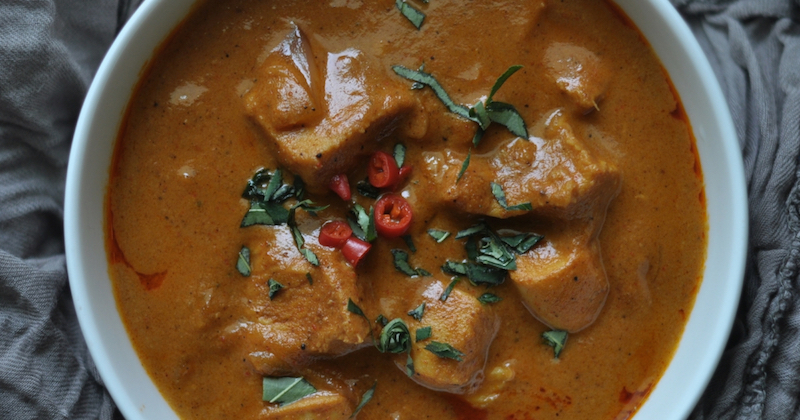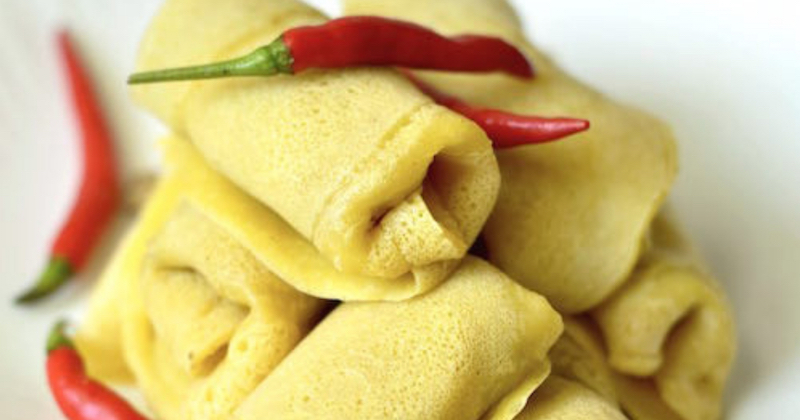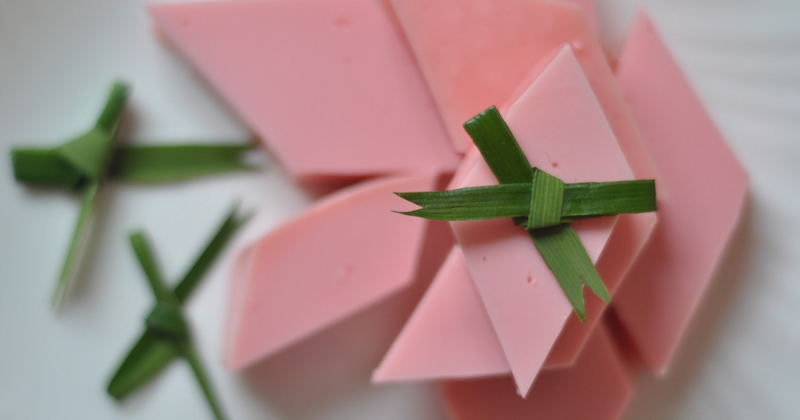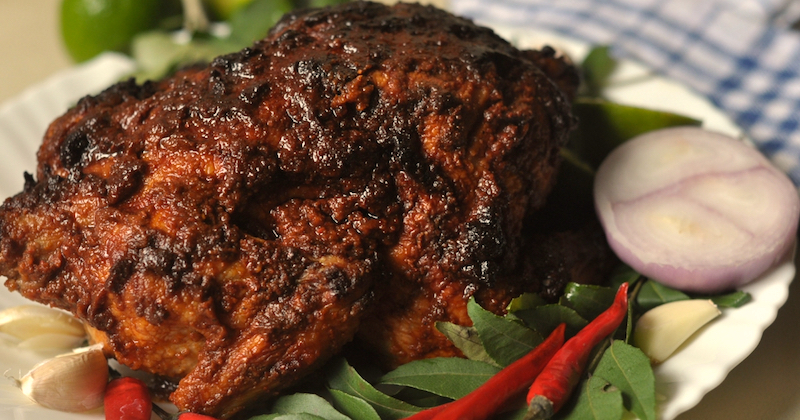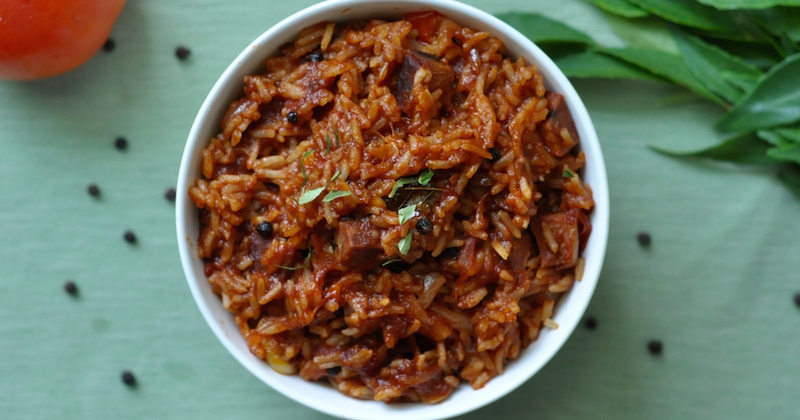Here’s the Tea
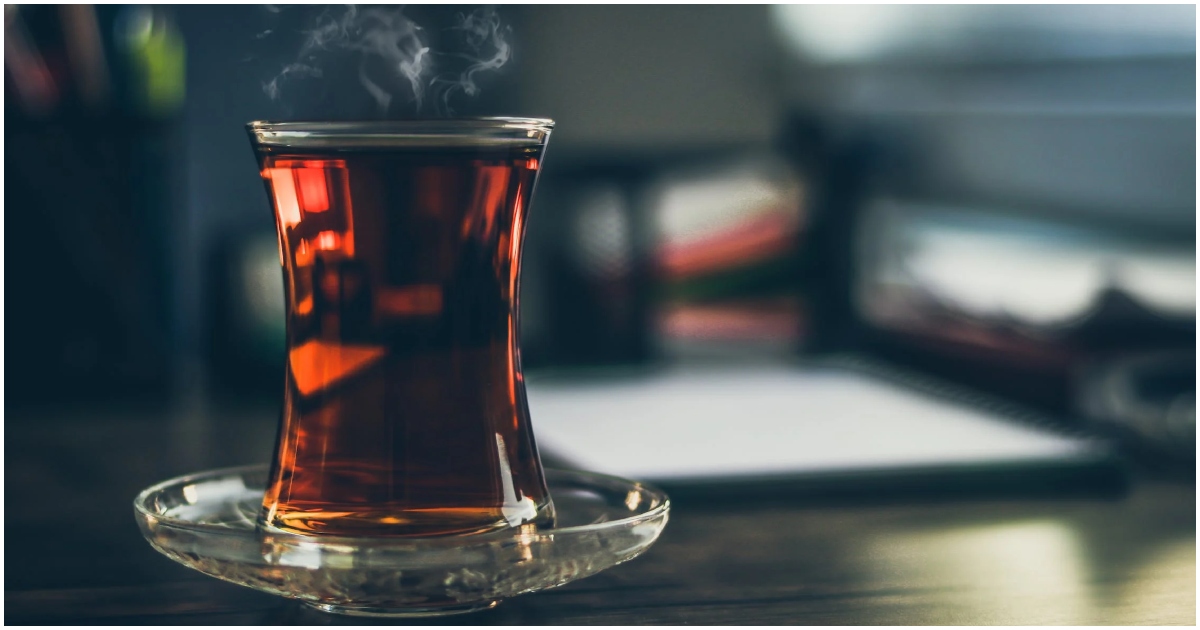
by Iyath Adam
Tea – we all know it, love it and are constantly finding new ways to enjoy it. But did you know that there are over hundreds of varieties of tea from all over the world?
Here, we break down all there is to know about tea.
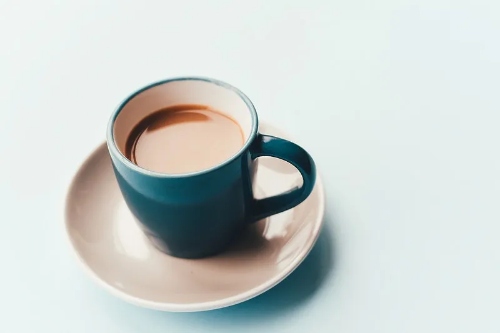
Where does tea come from?
Did you know that all tea essentially comes from the same plant? That’s right. All types of tea come from a plant known as Camellia sinensis. While there are different varieties of this plant grown across the world now, the plant – and tea itself – originated from China.
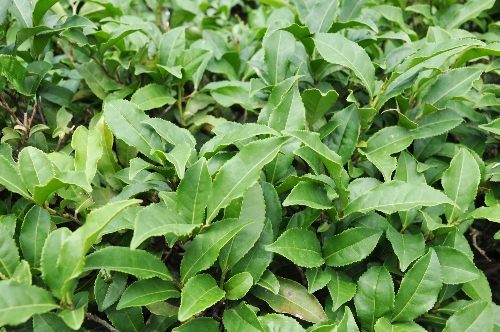
Are all teas the same?
Even if all tea leaves come from the same type of plant, the tea which ends up in your cup depends on a lot of different factors such as how the plant is cultivated, harvested and the way in which the tea leaves are ultimately processed. One determining factor which differentiates tea types is oxidation or how long tea leaves are left exposed in the air after harvesting. Longer oxidation gives stronger, darker flavours with high caffeine content.
Similar to all types of food, tea also has a quality index. The most luxurious and the highest quality of tea is loose leaf tea, which is – as the name suggests – whole tea leaves. It’s often known as specialty tea and comes in special tins or boxes although there are sachets with loose leaf tea now too. The depth and flavour profile of these are deeper and more complex.
Tea bags, which is what you would normally see in the majority of households and restaurants, are the byproduct of the tea making process which is also known as tea dust. While you can still enjoy a good cuppa with tea bags, the flavour is often less nuanced compared to loose leaf tea.
Read on to find more about the different types of tea, how they are made and how to best enjoy them.
Black Tea
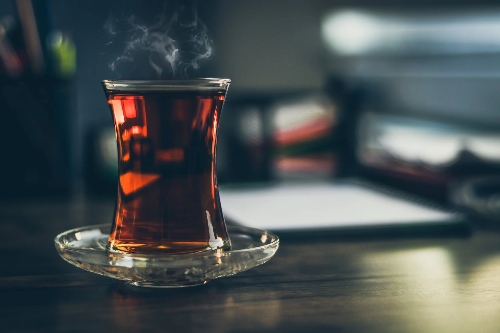
Black tea is the most oxidised form of tea and the one with the strongest flavour and highest caffeine content. It is most commonly made from the Camellia sinensis assamica – a tea plant variety with larger leaves, native to the Assam region in India.
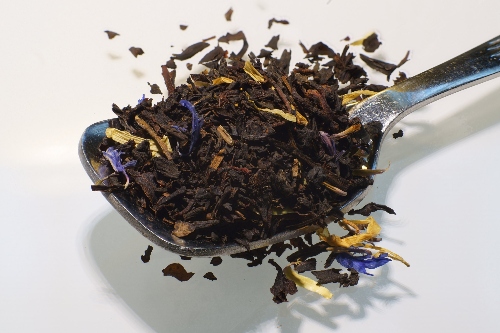
The most popular types of black tea known worldwide are Assam, Darjeeling (both grown in India), Ceylon tea from Sri Lanka and Kenyan black tea. Other than this, numerous blends and different types of teas are made from the simple black tea, including the quintessential English breakfast tea – a blend of Assam, Ceylon, and Kenyan black tea leaves– and Earl Grey – made with infusing bergamot oil with black tea leaves.
Because of its robust, rich flavour, black tea is best enjoyed with milk and sugar. In many parts of Asia, black tea is mixed with sugar, spices, condensed milk and/or evaporated milk – think Thai milk tea, Indian masala chai, Malaysia teh tarik (pulled tea) or Taiwanese bubble tea (made with tapioca pearls).
The Maldives’ famous kalhu sai (black tea) and kiru sai (milk tea) is also made with strongly brewed black tea with the addition of sugar and condensed milk respectively. It is best enjoyed with hedhika or short eats or the morning breakfast of roshi (flatbread) and mashuni (tuna and coconut mixed together) or kulhimas (spicy tuna).
Green tea
Green tea does not undergo the tea oxidation process at all but is steamed and roasted right after picking, giving it a light and mellow flavour.
It most often comes from the East Asian countries such as China, Japan and Korea and is most well-known in this region as well. Green tea has the lowest level of caffeine and is widely known as a healthy drink because of its high antioxidant content. Brewed green tea is best enjoyed without sugar or milk and can have a light green, brown or yellow colour depending on the plant variety and roasting process.
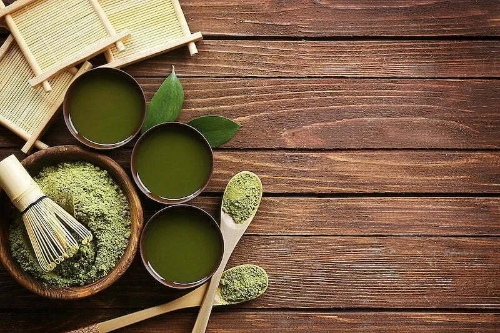
Perhaps the most well-known variety of green tea is matcha, vibrantly green and heralded for its rich antioxidant content. While matcha also hails from the Camellia sinensis plant, the teamaking process is a bit different; the plant is grown in the shade to increase its chlorophyll content – which is what gives it the distinct matcha green colour – and the leaves are made into a fine powder.
Some other varieties of green tea include sencha, hojicha and gunpowder. Popular blended teas made with green tea include jasmine green tea, Moroccan mint tea and genmaicha (made by processing green tea and brown rice together!).
Oolong Tea
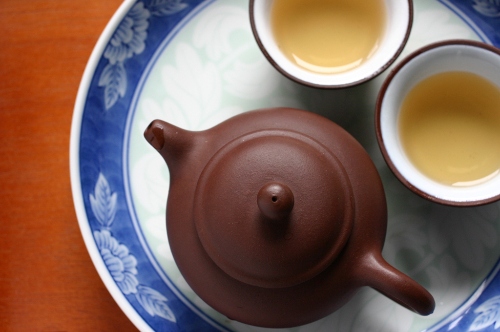
If you’re wondering about what comes in-between the strong black tea and the light green tea, then you’re thinking of oolong tea. Also known as wulong, this tea originates from China and means ‘black dragon’ in the Chinese language due it’s ball-like shape.
With oolong tea, the tea’s colour and flavour profile depends less on the variety of the Camellia sinensis plant and more on the tea-making processing. Oolong tea can undergo a range of oxidation from 8-85 percent; the slightly oxidated, ‘green’ oolong has fragrant, fruity notes while the medium roasted type has a mellow, creamy taste and the heavily roasted, dark oolong has an intense, nutty flavour.
Oolong tea is best enjoyed plain (no milk or sugar) and can be steeped multiple times with the flavour evolving as the rolled leaves unfurl. The steeping time for oolong tea is typically 1-3 minutes, depending on the style of tea.
White Tea

White tea is perhaps the most delicate and freshest tea of all.
Originating in the Fujian province of China, this tea is made from the freshly picked young leaves and buds of the Camellia sinensis plant. Even now, most white tea leaves are handpicked and processed by hand with the leaves simply dried naturally in a carefully controlled environment, without any exposure to artificial heat.
A true white tea is said to come from plants in the Fujian province of China, although many other countries do cultivate plants for white tea as well. The most famous types of white tea are Silver Needle, White Peony, and Monkey-picked white tea – all of which is cultivated in China. There is also a white tea known as Darjeeling white tea which comes from India.
The delicate, fresh flavour of white tea is best enjoyed freshly brewed, hot and without any additives. Notes in the tea can be described as sweet, floral, fruity, and citrusy.
Herbal Tea
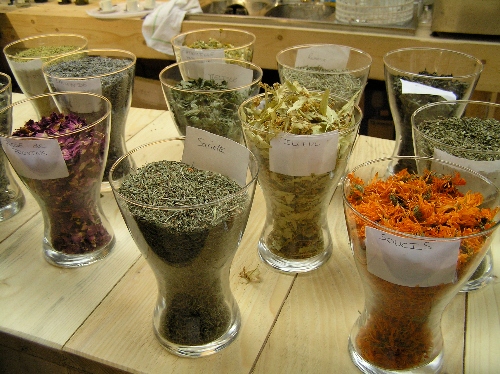
Now that we’ve covered the main types of tea, you might be wondering about the much-beloved teas like peppermint, ginger, chamomile etc…
Fun fact, these are not actually teas but rather something called tisane; dried infusions made with fruits, flowers, and leaves. Herbal teas or tisanes are wonderful elixirs for sleep and relaxation as they are completely caffeine-free.
A unique type of herbal tea is rooibos or red tea which originates from South Africa, well-known for its anti-inflammatory properties. The tea is best enjoyed with a splash of milk and some sugar or honey to bring out its natural sweet, nutty, and floral flavours.
Other Teas
Other than the types of tea mentioned above, there are also some lesser-known types of tea, usually only known to true tea aficionados:
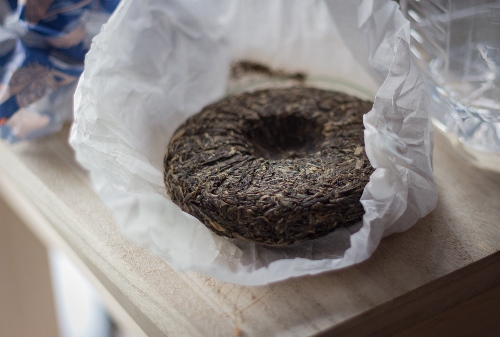
Pu-erh tea: Originating from the Yunnan province in China, this is an aged, partially fermented, high-caffeine tea where the tea leaves are traditionally made into discs and crumbled before steeping.
Yellow tea: This tea, similar to green tea, goes through a ‘yellowing phase’ which gives it an aromatic, less bitter taste.
Purple tea: This unique, purple-coloured tea comes from the purple leaves of a variety of Camellia sinensis plant which is only found in Kenya.
About Lonumedhu
Lonumedhu is about eating great food right here in the Maldives.
Our easy to follow recipes use locally available ingredients.
In our blog you will find food news, interviews with chefs and cooks, useful information about eating out and other foodie reads.
Contacts
© Lonumedhu.com 2017-2025. All rights reserved. No part of this website may be reproduced without the written permission of the publisher.
Advertisers
Lonumedhu.com has partnered with Qualia Pvt Ltd, a publishing & marketing agency, for its desktop and mobile advertising.
Advertising enquiries should be directed to (960) 987 4396 or marketing.sales@lonumedhu.com.

